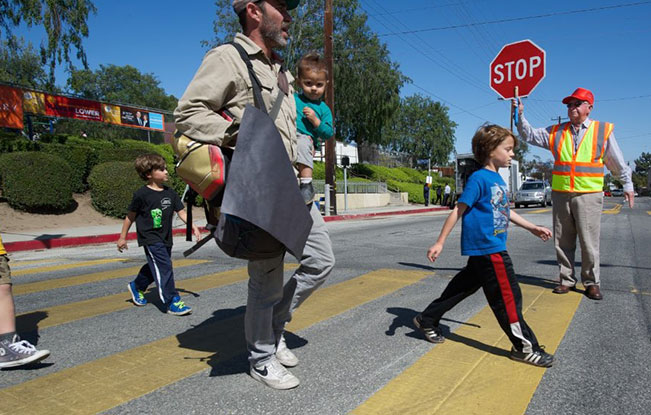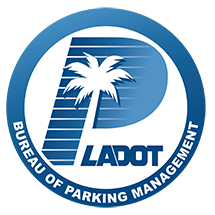
15 Mar 5 Tips to Avoid Parking Citations
1. RED ZONES: Red zones are NO STOPPING zones…which mean no parking or standing in the painted area even if the driver is in the car and the engine is running. No portion of a vehicle should be standing or stopped in a NO STOPPING zone.
2. SIGNS: Look for parking signs.
Not all violations require signs to be posted…
Example 1) Motorists may not park or store a vehicle on a street for more than 72-hours without moving it. Although a vehicle may be left in the same spot for up to 72-hours, don’t expect that you can leave your car that long. California law allows that temporary street closures or parking restrictions can be enforced with only 24-hour prior notice. Check the street every day for new temporary signs.
Example 2) It is prohibited to stand or park in an alley for more than 5 minutes without indication of active loading or unloading of people or things. Do NOT leave a vehicle unattended in an alley for ANY amount of time!
SIGNS: Look for parking signs.
Look for both permanent and temporary parking signs. Always adhere to the most restrictive sign. Pay close attention, sometimes a block may have multiple temporary signs or a combination of permanent and temporary signs which prohibit parking on different times of the day or days of the week — the signs may be for separate events occurring at the same location. Again, always adhere to the most restrictive sign.
Unless indicated by arrows, a parking sign generally applies to the whole block.
3. DRIVEWAYS and DISABLED PERSON ACCESS RAMPS:
1) Keep completely clear of all portions of the sloped area of the curb – even the side-sloped area.
2) In the City of Los Angeles, one cannot park in front of or block a driveway – even one’s own driveway.
3) Disabled person access ramps look similar to driveways, but are marked by red paint on both sides of the slope – stay at least three (3) feet away from the sloped areas of the curb.
4. DISABLED PARKING SPACES
- Hang your Disabled Parking Placard on the rearview mirror so that it is clearly visible to be seen by enforcement officers. If you do not have a rearview mirror, place the placard on the dashboard near, but not over, the Vehicle Identification Number (VIN) plate.
- DO NOT use someone else’s Disabled Parking Placard unless that person is present with you.
- DO NOT allow someone else to use your Disabled Parking Placard unless you are physically present with them.
- Park completely within the disabled person’s parking stall, not straddling the lines or impeding access to an adjacent parking stall, especially if it is another disabled parking space.
- Stay completely off the hash-marked diagonal lined area adjacent to disabled parking spaces.
- Avoiding these situations can save disabled parking placard holders and other drivers from hefty fines and/or their car being impounded.
5. PARKING METERS & PAYSTATIONS:
Parking meters and paystations are NOT considered “broken” unless it cannot accept payment in any form. If the meter cannot accept coins, but can still accept credit or debit card payments, the meter is NOT considered broken (and vice versa). Note: New meters in some areas (Downtown LA, Hollywood and Westwood) can accept payment through the City’s Park Mobile Smartphone Application.
Not all meters are as smart or technologically capable as we all would like. Some meters/paystations can accept payment even during times when parking is prohibited. Look for posted parking signs and carefully read the “Hours of Operation” on each meter head, or on each paystation. When parking at a metered stall or paystation space, be extra careful to enter or pay for the correct corresponding stall,space number or meter.
Being careful about signs and street markings by taking a few extra seconds to get things right can save you from getting a citation and/or your vehicle from being towed. Drive safely and Watch the Road! Happy safe motoring from your City of LA Department of Transportation.





